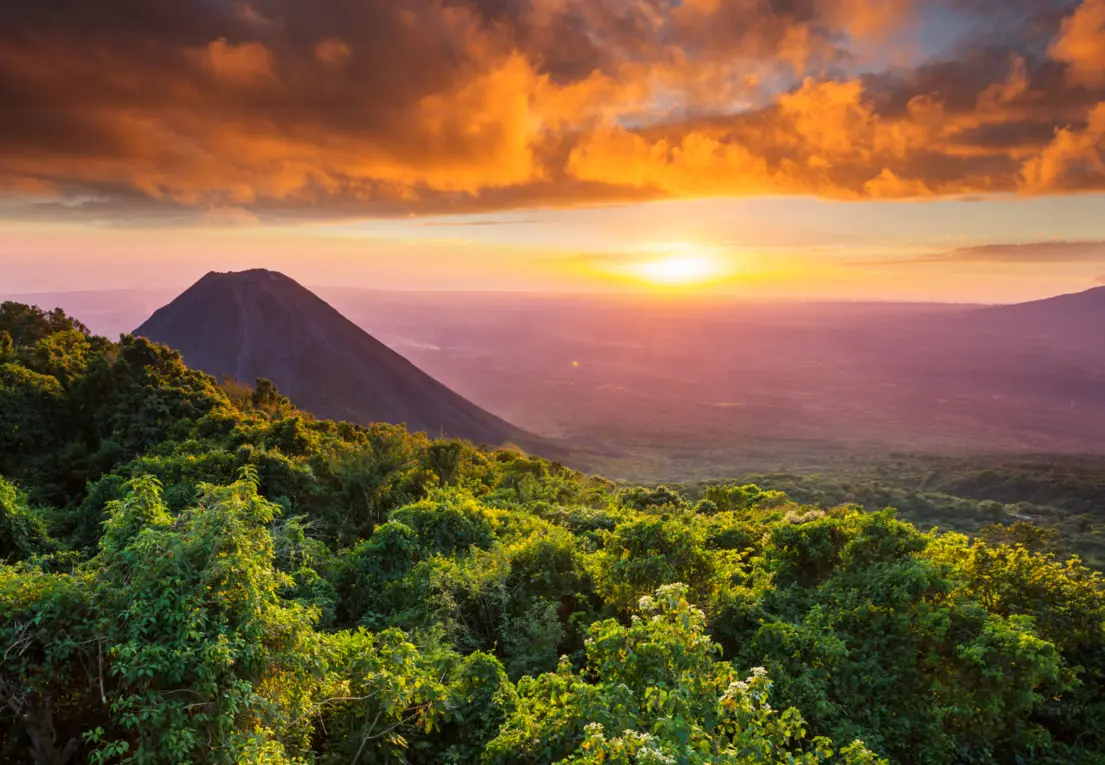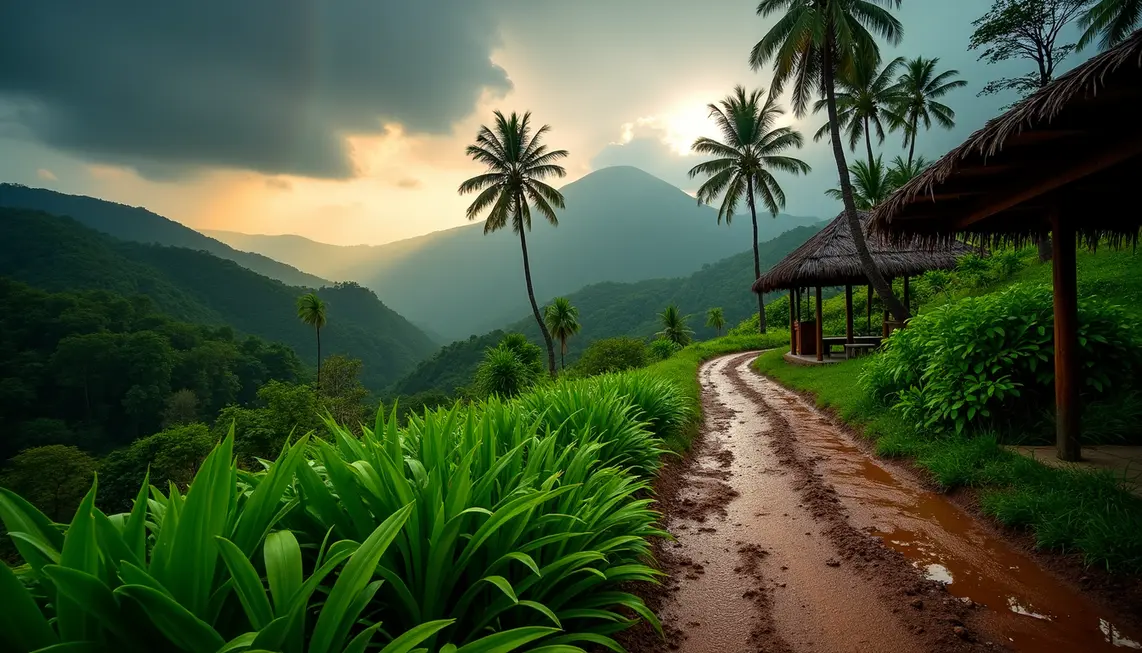

Best Time to Visit El Salvador: 2025 Guide
El Salvador, known as the “Land of Volcanoes,” offers travelers the best weather during the dry season from November to April. The coastal temperatures remain pleasant at around 73°F (23°C), making it an ideal time to visit. The country experiences dramatic weather changes throughout the year, with October being the wettest month and December seeing minimal rainfall. The rainy season typically runs from May to October, during which some national parks may close, but surfers can enjoy the best waves.
El Salvador’s climate follows a tropical pattern influenced by its geography and position in the Intertropical Convergence Zone. The country has two main seasons – the dry season (summer) and the wet season (winter). Understanding these seasonal shifts can help travelers plan their visit to El Salvador more effectively. The dry season, from November to April, offers sunny skies and warm temperatures, making it perfect for outdoor exploration. In contrast, the wet season, from May to October, brings afternoon thunderstorms and increased humidity, resulting in lush green landscapes.
El Salvador’s climate varies across its regions, with the Pacific coastal belt experiencing hot temperatures all year round, the central plateau and San Salvador having milder weather, and the mountain regions offering cooler temperatures. The country’s mountainous areas, with temperatures dropping close to freezing at night, provide a stark contrast to the warm coastal regions.
Climate change is impacting El Salvador, with more extreme weather events and changing seasonal patterns. The country is facing significant climate-related risks, affecting agriculture and leading to economic losses. Travelers should be aware of these changing patterns when planning their visit to witness El Salvador’s natural beauty.
The best months to visit El Salvador are from January to April, during the dry season. January offers perfect weather and post-holiday deals, while February is ideal for whale watching. March brings warmer temperatures and preparations for Holy Week, while April marks the transition to the rainy season. Travelers can explore El Salvador’s diverse ecosystems and cultural traditions during these months.
Navigating El Salvador during the transition and rainy months, from May to August, allows travelers to experience lush landscapes and smaller crowds. May marks the start of the rainy season, with blooming coffee plantations. June sees increasing rainfall and the beginning of turtle nesting season, while July offers a short dry spell known as “canícula.” August is festival season despite peak rainfall, with colorful celebrations across the country.
Fall and early winter, from September to December, offer vibrant cultural celebrations and better weather conditions in El Salvador. September celebrates Independence Day amid decreasing rains, while October marks the end of the rainy season with lush landscapes. November begins the dry season with fewer crowds, leading up to December’s holiday festivities and peak tourism.
The best times to visit El Salvador’s top destinations vary by region. San Salvador welcomes visitors year-round, with December through February offering the best temperatures for exploring the city. Ruta de las Flores is best visited between November and February for blooming flowers, while the coastal areas provide excellent surfing conditions almost year-round. Hiking volcano trails is safest during the dry season, from December to April.
In conclusion, El Salvador offers something special year-round, with the dry season providing the most reliable weather for outdoor activities. Understanding the country’s climate variations and seasonal patterns can help travelers plan their visit to experience the best of El Salvador. Despite climate change impacting traditional weather patterns, El Salvador’s natural beauty and cultural richness continue to attract visitors from around the world.







